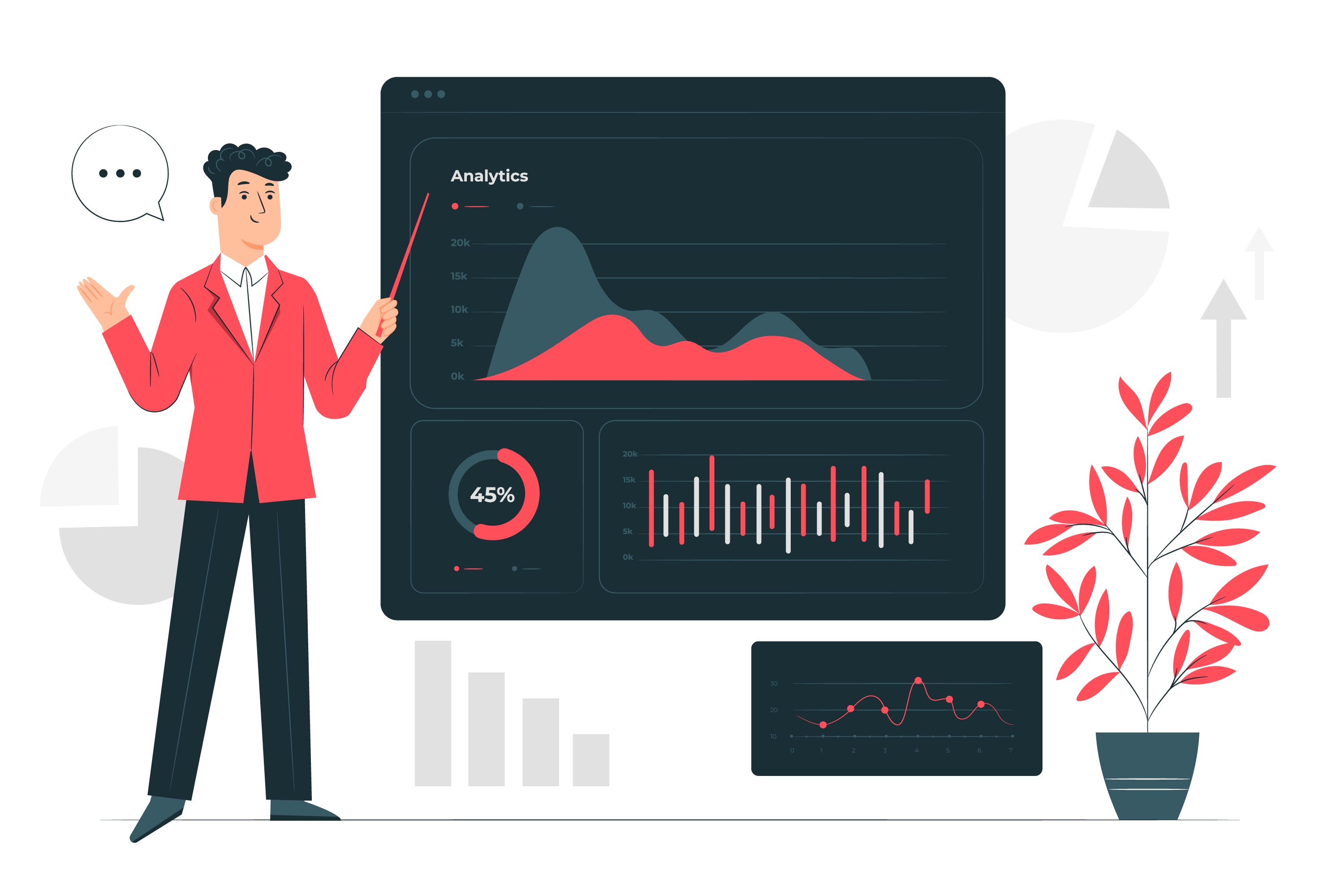Data visualization is a powerful tool that allows us to present complex information clearly and compellingly. However, creating visualizations requires us to be mindful of the ethical considerations that come with presenting data. In this article, we will explore the ethics of data visualization and discuss the responsibility that comes with presenting data.
Accuracy and Truthfulness
The first ethical consideration in data visualization is accuracy and truthfulness. It is essential to ensure that the data presented in a visualization accurately reflects the reality of the situation. Any inaccuracies or distortions in the data can mislead viewers and undermine the credibility of the visualization. In some cases, inaccuracies can have serious consequences, such as when data is used to inform public policy decisions. Therefore, it is critical to verify the accuracy of the data before presenting it in a visualization.
Data Source Sampling Bias
Another ethical consideration is the data source and sampling bias. It is essential to consider the source of the data and any biases that may be present in the sample. For example, if a survey is conducted using only a specific population, the results may not be representative of the entire population. Similarly, if data is collected from a biased source, such as a company that has a vested interest in a particular outcome, the results may be skewed. Therefore, it is important to be transparent about the data source and any biases that may be present in the sample.
Context and Interpretation
Context and interpretation are also important ethical considerations in data visualization. Data can be presented in different ways, and the way it is presented can influence how it is interpreted. For example, if a chart only shows a small portion of the data, it may be misleading to viewers who do not have access to the full context. Similarly, the language used to describe the data can influence how it is interpreted. Therefore, it is important to provide appropriate context and be transparent about the interpretation of the data.
Privacy and Confidentiality
Privacy and confidentiality are ethical considerations that must be taken seriously when working with data. When creating visualizations, it is important to ensure that any personal or sensitive data is anonymized and that the privacy of individuals is protected. This is especially important when working with data that is subject to regulations such as HIPAA or GDPR. It is also essential to ensure that data is stored securely and that appropriate access controls are in place.
Conclusion
Data visualization is a powerful tool that can help us make sense of complex information. However, with this power comes great responsibility. As we have discussed, several ethical considerations must be taken into account when creating visualizations. Accuracy, truthfulness, data source and sampling bias, context and interpretation, privacy and confidentiality are all important considerations that must be addressed. By being mindful of these ethical considerations, we can create visualizations that are not only clear and compelling but also ethical and responsible





Comments are closed.